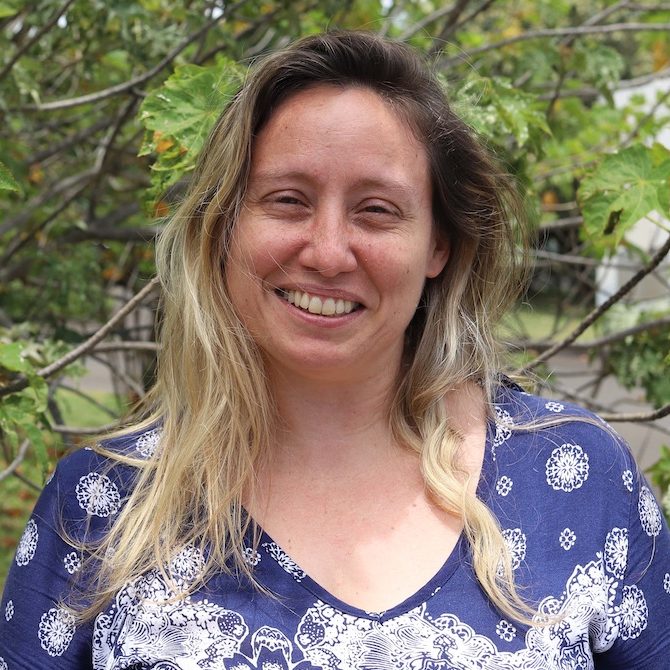Helene DELATTE PhD, HDR

CIRAD, Reunion Island
Brief Bio: Helene Delatte graduated from her phd in virology and population genetics at the University of Wageningen in 2005, and her HDR in 2013. She has a permanent position in the french research center of CIRAD since 2008 in the UMR PVBMT unit.
Helene Delatte is an insect ecologist and population geneticist. She dedicated her research questions to the knowledge i) of the ecological and genetical factors triggering invasive arthropod pests and their settlements in new areas ; ii) on bioecology and genetic diversity of pollinators (the honeybee indigenous of the Indian Ocean; Apis mellifera unicolor and the carpenter bee) and their interaction in their environment. She has worked on several arthopod models of the islands of the Indian ocean, she is currently based in Madagascar, but also develop researches on honeybee-varroa interactions in Réunion island.
Ecology, biology, population genetics, evolution, honeybee health.
An overview of the honeybee genetic diversity and health in the Indian Ocean Islands
Co-authors on this work: Delatte Hélène*, Lebreton Gérard, Esnault Olivier, Maéva Techer, Henriette Rasolofoarivao, Tsiory Rasoloarijao, Julien Galateau, Benoit Jobart, Nicolas Blot, Johanna Clémencet
*Lead Author
The South West Indian Ocean (SWIO) archipelagos and Madagascar constitute a hotspot of biodiversity with high rate of endemism where the endemic subspecies Apis mellifera unicolor (African lineage) has ancestrally been described as the honeybee of Madagascar. Our recent genetic (mitochondrial and nuclear) and morphometric analyses supported the differentiation of this subspecies in the surrounding islands before the Human colonisation, proving its indigenous status in the Mascarenes, Seychelles and Comoros archipelagos. Further ecological studies (interaction with the native flora) made in La Réunion suggested that A. m. unicolor significantly preferred native flora and could play a major role in its pollination. In 2010, the invasion of Varroa destructor was reported in Madagascar, then in Mauritius (2015), and most recently in La Réunion (2017). Since its arrival we had conducted several epidemiological and mortality surveys to evaluate the evolution of V. destructor invasion such as the diversity of other pathogens before and after its invasion (whenever possible). The pathogens surveyed included 3 ectoparasites (V. destructor, Tropilaelaps sp. and Braula sp.), 2 bacteria (Melissococcus plutonius and Paenibacillus larvae), 2 nosema species (Nosema apis and N. ceranae) and 6 viruses (ABPV, BQCV, CBPV, DWV, KBV and SBV). Different pathogen patterns were observed within the different islands. Nosema ceranae, BQCV, CBPV and DWV were detected in each country, no P. larvae were detected in the SWIO area. Despite the high prevalence of DWV observed in the Seychelles, not colony mortality were registered, the only territory where we found high mortalities were in Madagascar, Mauritius and La Réunion after V. destructor invasion. More precise observations on the dynamic of colonisation of this ectoparasite, such as its interaction with other pathogens on the indigenous honeybee are on going in La Réunion.